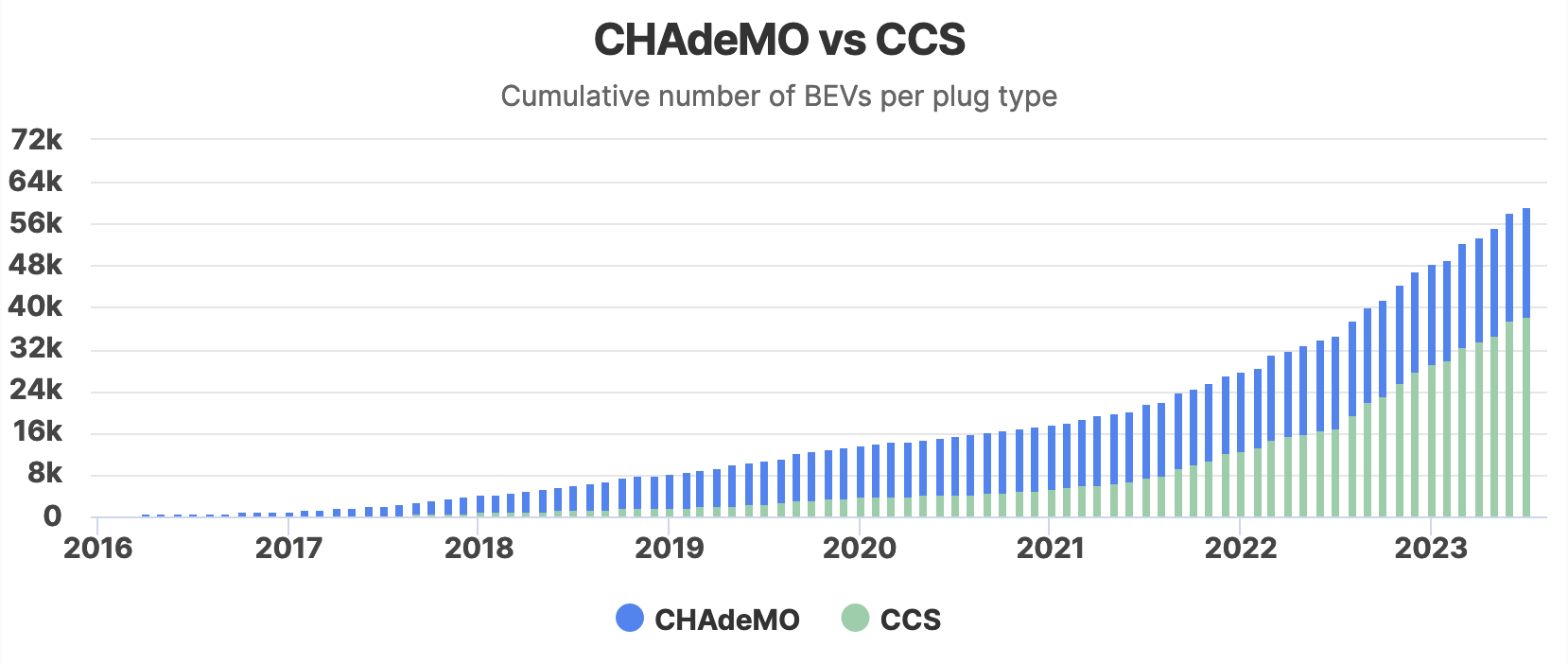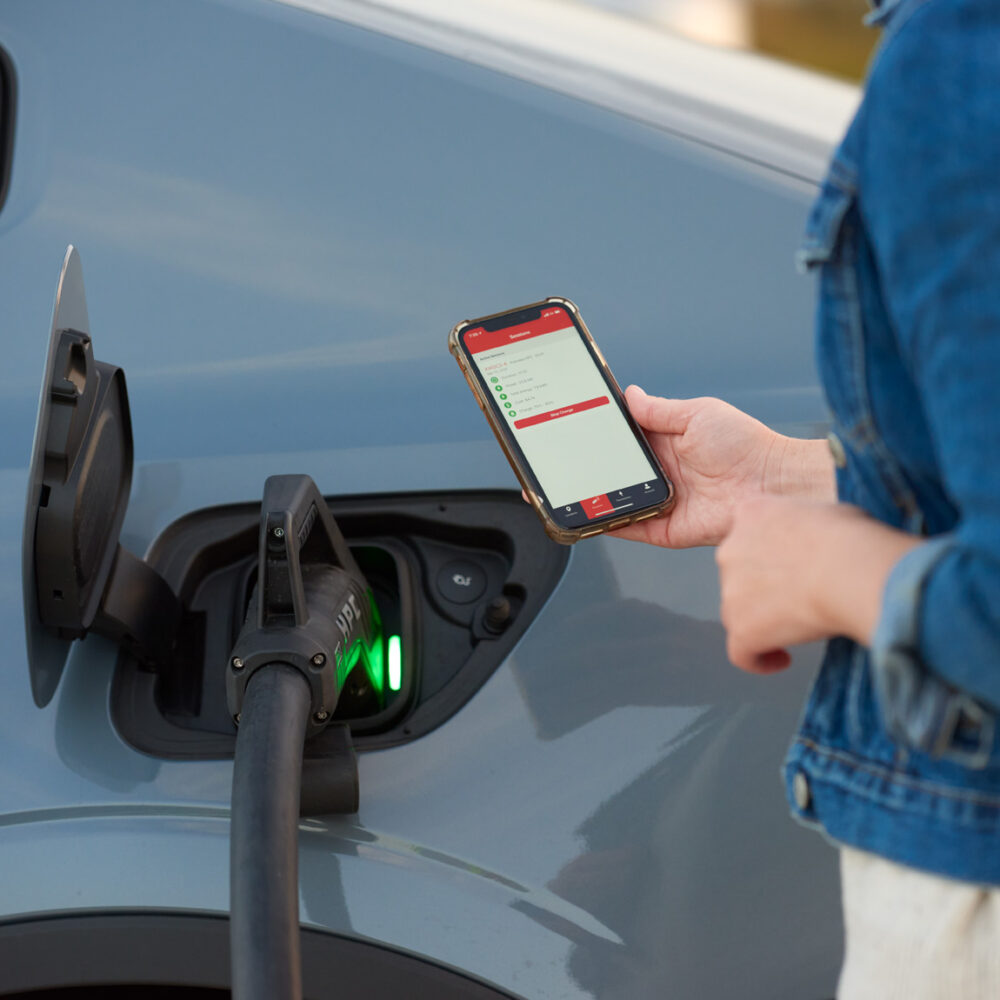In July 2023, EVs maintained a strong market share while fewer vehicles were registered overall compared to June 2023.
A new monthly milestone was reached – more electrified cars were registered in July than combustion-only cars. Hybrids, plug-in hybrids, and battery-electric cars accounted for 55% of the market, with 45% being petrol or diesel. This is a huge shift – three and a half years ago, petrol and diesel held 90% of market share among new vehicle sales.
July 2023 EV Market
In July 2023, 1,680 plug-in vehicles (EVs) were registered.
• This included 1,100 Battery Electric Vehicles (BEVs) and 580 Plug-in Hybrid EVs (PHEVs).
• 27.4% of NZ new passenger cars were EVs.
• 13.8% of all light vehicles were EVs (including commercial vehicles and used imports).
Total EVs now on the road (fleet – estimated): 83,508.
Top 10 new battery EVs registered in July 2023
Tesla had the highest number of vehicles registered, followed by Kia (boosted by a large number of Kia Niro EVs going to corporate customers). Two vehicles that are new to New Zealand also had their first deliveries – the Volkswagen ID.4 SUV, along with a selection of Audi Q4 e-trons.
| Retail Price | Units | |
| 1 | Tesla Model Y | 169 |
| 2 | Kia Niro | 147 |
| 3 | Volkswagen ID.4 | 63 |
| 4 | BYD Atto 3 | 60 |
| 5 | Tesla Model 3 | 35 |
| 6 | Hyundai IONIQ | 31 |
| 7 | MG ZS EV | 29 |
| 8 | Ford Mustang Mach-E | 23 |
| 9 | Audi Q4 e-tron | 20 |
| 10 | BMW iX1 | 17 |

Time for a hatchback?
This month the first shipments of the BYD Dolphin were delivered to dealers. Along with the MG4, Nissan Leaf and GWM Ora, four out of the five cheapest new EVs in New Zealand are hatchbacks.
In recent years, the SUV has been the most popular vehicle format (surging from around 10,000 sold in 2009 to over 80,000 in 2021). It’s no surprise that the rise in battery-electric vehicles over the last few years has coincided with the release of a number of popular electric SUVs.
However, a closer look at the NZ car market in 2023 shows that 36% of all registered light vehicles were hatchbacks (which are popular as used imports). Affordable battery-electric hatchbacks have a huge potential to take more market share.
Why do we have two charging plug types in New Zealand?
The increase of electric vehicles (EVs) across the globe has led to multiple charging standards being developed and adopted in various regions.
Early in New Zealand’s EV transition, most vehicles came from Japan (primarily the Nissan Leaf), which supports the CHAdeMO plug. However, vehicles manufactured in Europe or China have a CCS plug.
This has resulted in an EV fleet with two different plug types.
As the following chart shows, CCS EVs continue to take more market share; however, there is still one CHAdeMO vehicle for every two CCS vehicles. Fortunately, both types are catered for by most DC fast-charging stations.

Despite the split in charging types, both CHAdeMO and CCS-enabled EVs are steadily gaining traction within the market, a testament to the broader shift towards electrification in New Zealand.
This month confirms a continuing trend: petrol cars are in decline, and New Zealand car buyers are happy to embrace some form of electrification. Battery-electric vehicles, in particular, continue to hold a strong market share in the new car market – where one out of six new cars registered in 2023 is fully electric.
The future looks bright for electric vehicles in New Zealand. ChargeNet’s dedication to expanding our network of EV charging stations demonstrates our support for the widespread adoption of EVs in Aotearoa. Our continuous efforts to improve charging infrastructure’s accessibility and convenience pave the way for a future in which electric vehicles are the norm.
